Bitcoin Ordinals – Will the Bitcoin NFT Ecosystem Be Worth $4.5 Billion by 2025?
- Bitcoin Ordinals have received a lot of attention in the NFT space – total inscriptions rose to 594050 as of March 26, 2023
- Degod’s NFT can be seen on the magical Eden with a floor price of 0.988 BTC. It is one of the most traded ordinals
The NFT market has grown 10x since 2021. Today, there are several NFT marketplaces that control a significant volume of daily NFT transactions. Looking at recent transaction volumes by token terminal, Blur’s volume stands at $48.1 million (at press time) and Opensea has a volume of $9.3 million.
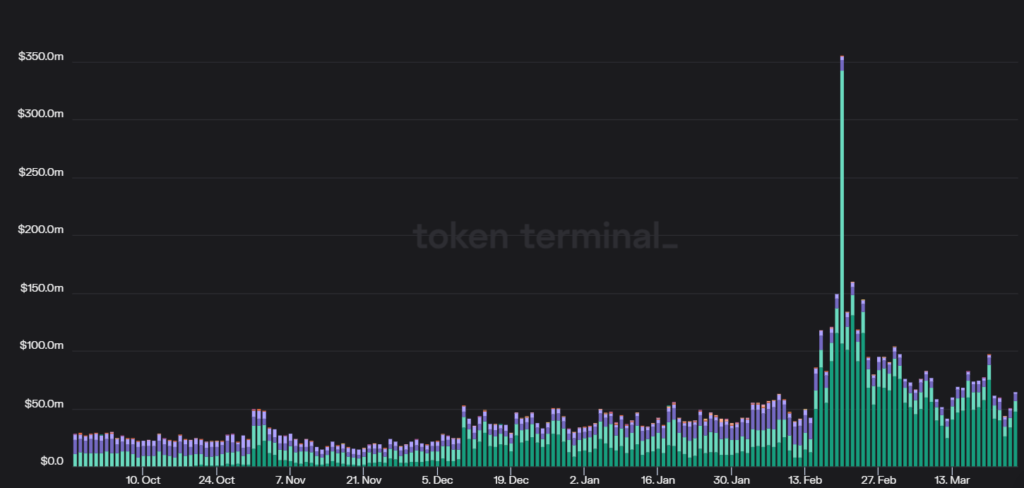
Blur accounts for more than 70% of market volume, which is significant because it happened in the last couple of months. After February 2, 2023, a constant increase in BLUR day-to-day volume was seen compared to other tokens. In terms of day traders, the Open Sea remains the largest marketplace.
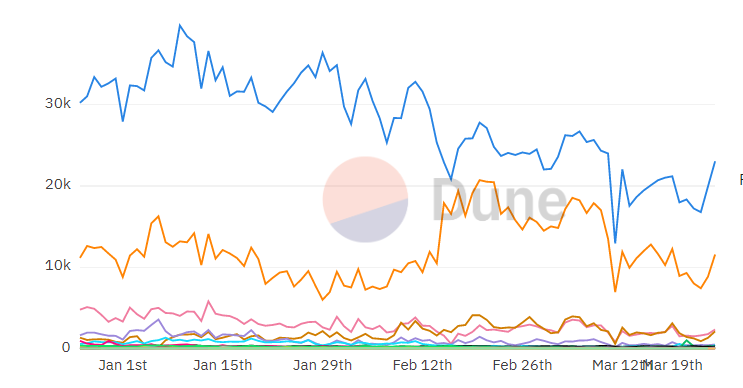
Apart from these two marketplaces, there are several others with different types of NFTs. One of the types that has been in the limelight lately is Ordinals. Before learning what Ordinals are, it is important to understand a little about BRC 20.
BRC20 is a token standard that was created by Onchain data enthusiast whose Twitter handle name is “domo”. BRC 20 is similar to Ethereum standards (ERC), but is much simpler due to the limitations of the Bitcoin Blockchain. BRC20 is not a standard, but it has a lot of potential to be a fixed standard or something better that could merge as a fixed standard in the future. One can see the number of tokens on BRC20.io and their coins. (* BRC-20 is not a fixed standard for Bitcoin Ordinals)
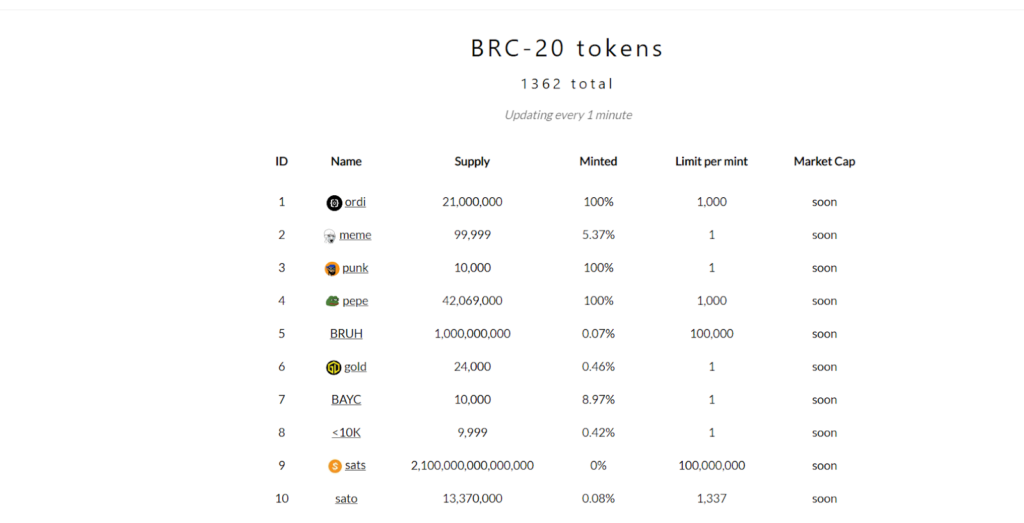
Ordinals and how they work
Ordinals: A Multi Vector NFT?
Ordinals have taken the world by storm and many NFT and crypto enthusiasts are moving towards it. Ordinals were developed by Casey Roadarmor. Ordinals do not have functions exactly like NFT on Ethereum, but can be used in different ways. Ordinals can be used for a wide variety of things for Onchain activity such as profile pictures, video based apps, games and many more. Here is an Ordinal:
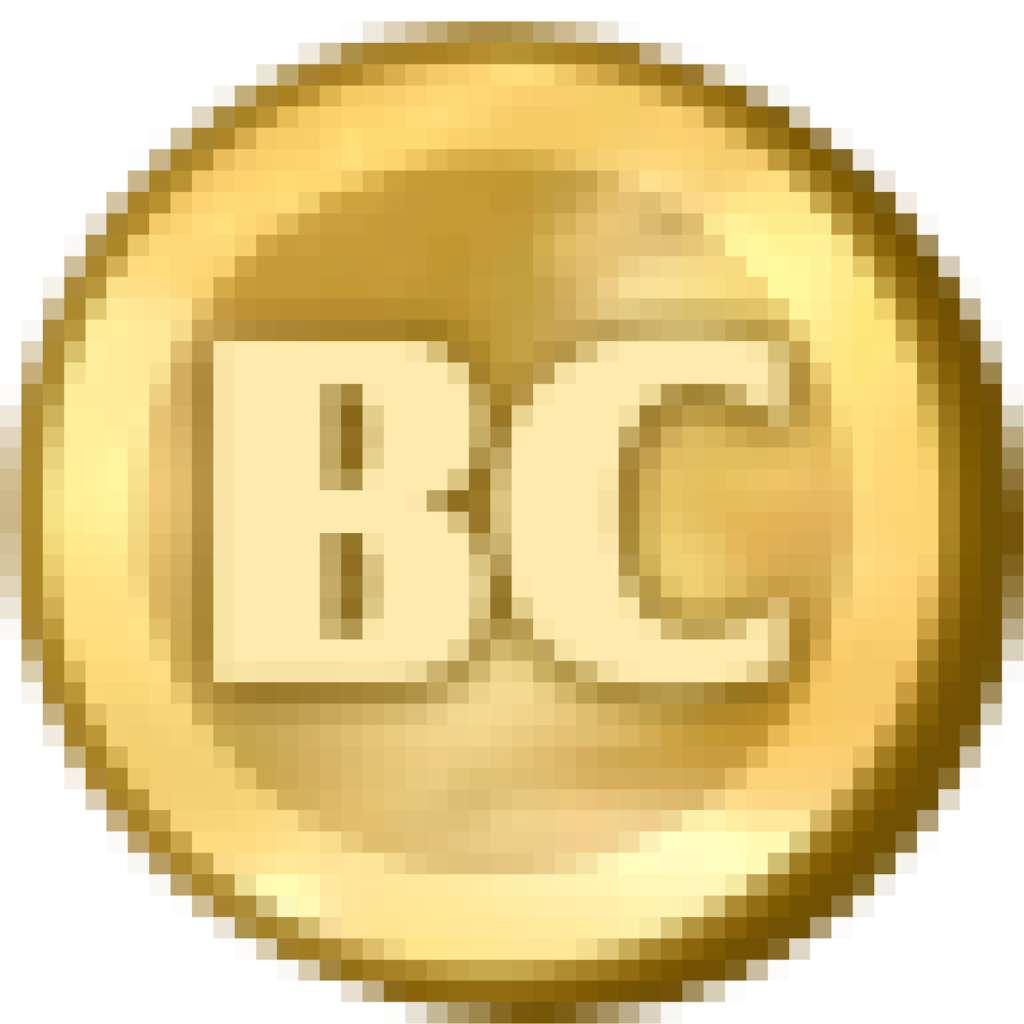
This is the original Bitcoin logo created by Satoshi in March 2009. It was recently purchased by an NFT enthusiast who follows the Twitter handle “LeonidasNFT” “https://twitter.com/LeonidasNFT?s=20“. It is an ordinal inscription on the Bitcoin Blockchain. The price of this particular NFT was 4 BTC. Before we go any further, let’s look at the definition of ordinals one more time: Bitcoin ordinals are Satoshis that have been inscribed with some information like image or texts. Ordinals require no page links or other tokens. Ordinals are not really fungible at the protocol level. At a social level, they can be termed unique because a unique piece of information is added to it.
How ordinals work:
Suppose you want to store “The Coin Republic” on a blockchain, then you must first wrap it in an “Envelope” which is reused code and store it in Taproot Output. One of the main barriers to Ordinals is the size of Bitcoin Blocks which is 4MB. It poses a challenge for developers and others. One of the main things that can make the Ordinal unique is that it can carry multiple inscriptions according to the “Delphi Digital report.”
This can turn Ordinals into a multi-vector which can further push the use case.
Ordinals are currently listed on various marketplaces such as Magic Eden, Ordinals wallet, OrdSwap and many more. Most of the unique users are currently present on the Ordinal wallet. You can connect your wallet to Ordinals Wallet and buy your NFT
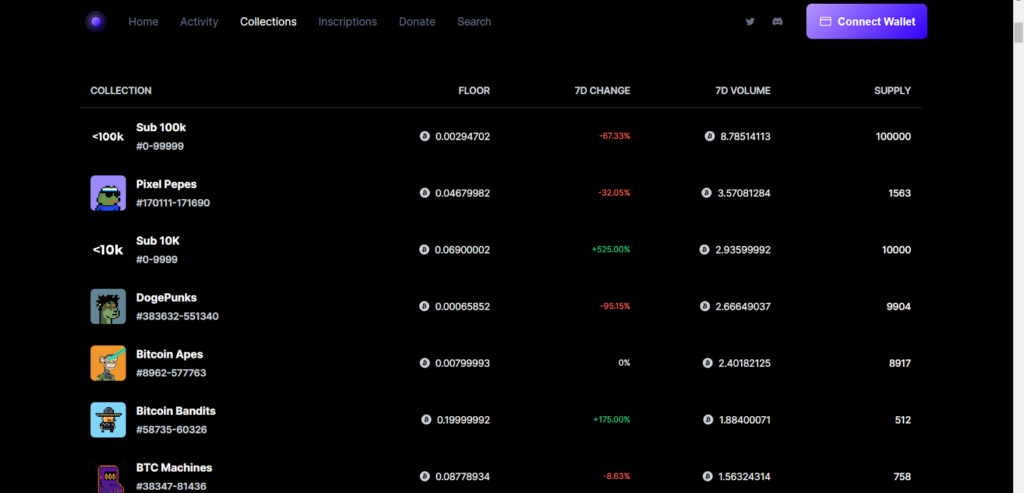
Conclusion
Bitcoin’s market capitalization is $538 billion – the highest among all cryptocurrencies. Segwit and Taproot upgrades have changed the block size of Bitcoin which has created a path for Ordinals. Recently, a report from Galaxy research said that the Bitcoin NFT ecosystem could grow up to $4.5 billion by 2025. It would be wrong not to say that Ordinals will bring a paradigm shift in the NFT ecosystem. It would also be wrong not to say that Ordinals will add enormous value to the Bitcoin chain and be useful to their users.


